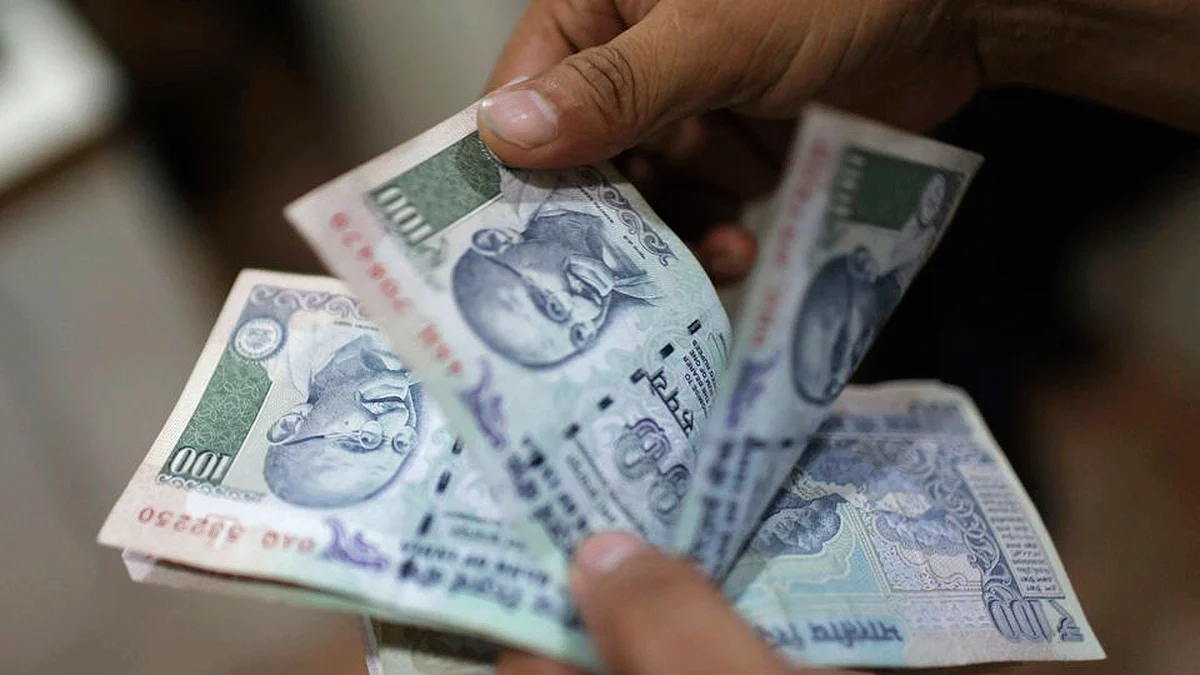How Over 15K Profitable Indian Companies Paid No Tax in 2015-16
Tax incentives allowed 15,080 profit-making companies to have effective tax rates of zero.

advertisement
Tax incentives allowed 15,080 profit-making Indian companies to have effective tax rates of zero, and in some cases less than zero, in 2015-16, according to an IndiaSpend analysis of the latest available national tax data or more specifically a government analysis called the Revenue Impact of Tax Incentives under the Central Tax System.
The central government introduced minimum alternate tax (MAT) in the late 1980s to tackle this anomaly, but even MAT has exemptions that appear to have negated its original intent partially: 52,911 companies made profits in 2014-15 and paid no tax, IndiaSpend reported in March 2016.
Larger Corporates Paid Lower tax Rates
Effective tax rate is the tax rate actually paid by companies on profits, calculated as tax actually paid divided by profits before tax. While effective tax rates rose between 2012-13 and 2015-16, many exemptions remain, especially for larger companies.
For instance, corporates have a statutory tax rate of 34.47%, which they must pay on profits. The effective tax rate in 2015-16 was 28.24%, higher than it was in 2014-15 (24.67%).
The effective tax rate for a company making a profit up to Rs 1 crore was 30.26% in 2015-16 while the corporate tax rate was 25.90% for those with profits greater than Rs 500 crore.
This means companies making smaller profits are competing in an unequal environment against bigger companies with substantial taxation benefits even though the gap in effective tax rates has been narrowing over the years.
Effective tax Rates Vary Across Sectors in 2015-16
The effective tax rates of the lowest paying industries (cement, sugar, financial leasing companies), which were in single digits in 2014-15, have increased substantially and all are touching nearly 20%.
There are interesting contrasts on tax rates of different industries in the same sector:
1. Banking companies paid tax at 40.3% while share brokers/sub-brokers paid tax at 25.1% (both financial services).
2. Courier agencies paid tax at 41.7% compared to transporters who paid tax at 26.4% (both services).
3. Forest contractors paid tax at 37.6% while mining contractors paid tax at 28.2% (both contractors).
4. Drugs and pharmaceuticals paid tax at 24.2%, electronics paid tax at 35.5% (both manufacturing).
“The plan for phasing out of exemptions will kick in from 1 April 2017,” Finance Minister Arun Jaitley said in his 2017-18 budget speech.
The government provided the corporate sector Rs 76,857.7 crore in tax breaks or exemptions in 2015-16. The biggest tax exemption is the deduction on expenditure for scientific research (including for seeds and other biotech purposes), which allows for exemption which is twice the expenditure incurred and export profits of units in special economic zones (SEZs).
The government also provided customs duty exemption of Rs 69,259 crore and Rs 79,183 crore for excise duty in 2015-16.
As many as 43% of Indian companies made losses, 3% companies made no profit and 47.7% of companies made profits up to Rs 1 crore in 2015-16.
About 6% of India’s companies recorded profits in excess of Rs 1 crore, according to the tax data.
(The author works in a social enterprise in Bengaluru and tweets at @rothit2691. This article was originally published in IndiaSpend)
(At The Quint, we question everything. Play an active role in shaping our journalism by becoming a member today.)